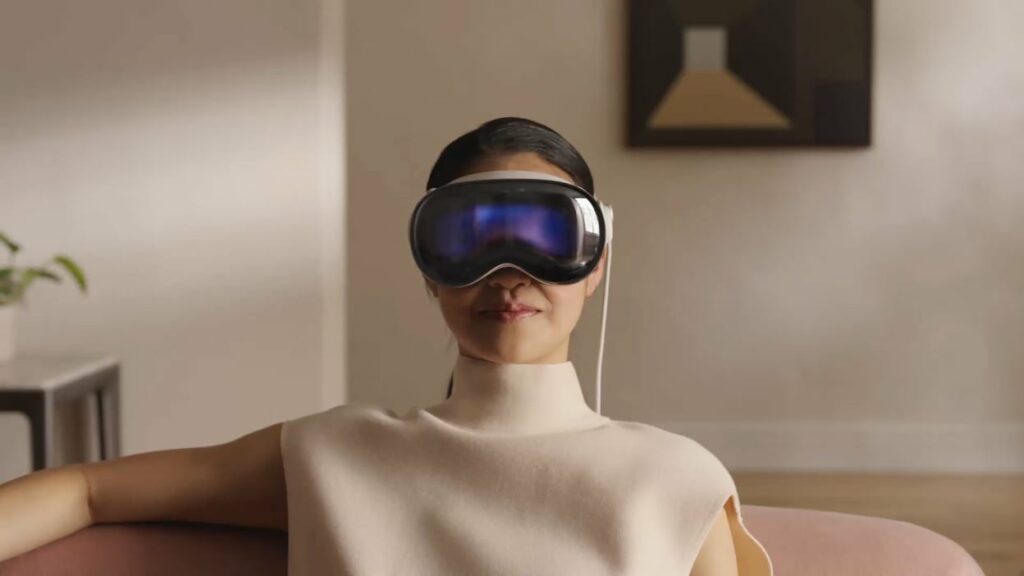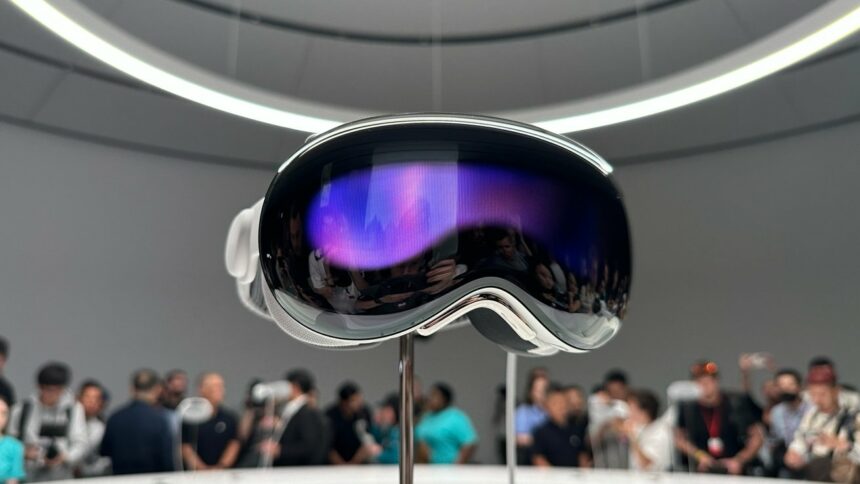Apple may have been absent from CES, but its impact was significant. Just before the commencement of CES keynotes on Monday, Apple announced that its Vision Pro headset would launch on February 2nd, fulfilling its earlier commitment to an early-year launch. Despite many companies showcasing AR and VR technology at CES 2024, none could match the comprehensive package presented by Apple‘s Vision Pro.

While various companies exhibited AR and VR tech, many of the headsets offered similar functionalities to the Vision Pro, acting as AR/VR monitors for computers or substitute TVs. However, none matched the impressive package offered by Apple, and most were not slated for release as soon.
Noteworthy highlights from CES included Xreal‘s $699 Air 2 Ultra glasses, capable of running augmented reality apps and functioning as a computer or mobile device screen. TCL unveiled an updated version of its RayNeo X2 AR glasses, set to launch in Q3. Asus showcased its AirVision M1 glasses, leaving the cost undisclosed. Sony announced a “spatial” VR headset designed to assist creators in producing 3D content, and Netflix promoted 3 Body Problem, a show prominently featuring a VR headset. Samsung even presented a monitor for playing VR games.

Qualcomm made waves with its new Snapdragon XR2 Plus Gen 2 chipset for mixed reality devices, featured in Sony‘s new device and expected to power Samsung and Google‘s rumoured headset. However, the rumoured headset did not make an appearance at CES and is speculated to launch later this year.
Despite potential competitors in the works, Apple, with the Vision Pro, seems to be operating in a league of its own. The device excels in creating high-quality passthrough AR/VR hardware, and Apple hopes developers will leverage its hardware and software development tools to create exceptional apps. The Vision Pro, with dual 4K displays, an external display for social cues, Apple‘s M2 chip, and various cameras and sensors, comes with a hefty starting price of $3,499.

While it’s unclear why other companies at CES didn’t directly compete with Apple, factors such as avoiding the Apple-sized competition, resource constraints, and scepticism about the effort required may have played a role. Apple‘s Vision Pro, positioned at the extreme high end, presents a unique offering, but its success remains to be seen, given the high price tag and competition from other headsets. For now, Apple seems to dominate the lane it has chosen with the Vision Pro.







